Validation of turbine noise prediction tools with acoustic - MTU Aero ...
Validation of turbine noise prediction tools with acoustic - MTU Aero ...
Validation of turbine noise prediction tools with acoustic - MTU Aero ...
Create successful ePaper yourself
Turn your PDF publications into a flip-book with our unique Google optimized e-Paper software.
Figure 5 shows an exemplary plot <strong>of</strong><br />
the Mach number distribution in these<br />
sectors at approach. Apart from variations<br />
in the radial direction, the wakes <strong>of</strong><br />
the IGVs can be clearly observed.<br />
In the downstream planes B and C<br />
(downstream <strong>of</strong> the rotor and TEC, respectively),<br />
only 1 pitch <strong>of</strong> the corresponding<br />
upstream stator row has been traversed.<br />
Results <strong>of</strong> these flow measurements<br />
can be found in Ref. 3. As will be<br />
mentioned later on, these aerodynamic<br />
measurements have been <strong>of</strong> great importance<br />
for the comparison <strong>with</strong> the numerical<br />
simulations. In addition, static pressure<br />
taps have been placed on the EGV<br />
and the inner and outer duct walls <strong>with</strong>in<br />
the <strong>acoustic</strong> measurement section.<br />
Concerning the <strong>acoustic</strong> measurement<br />
and analysis process, the DLR (German<br />
<strong>Aero</strong>space Center) has established a Figure 5. Mach number distribution in plane A, OP approach<br />
mode analysis technique which has been<br />
successfully applied to numerous rigs in the past years. 4, 5 It is based on the measurement <strong>of</strong> the instantaneous<br />
pressure at various axial and circumferential positions at the inner and outer duct walls and a modal<br />
decomposition into its circumferential and radial components. In order to achieve mode analysis results <strong>of</strong><br />
high accuracy <strong>with</strong> a minimum measurement effort, the sensor configuration was optimized for the given test<br />
rig according to the guidelines given by Tapken and Enghardt. 6 At this point it should also be mentioned<br />
that all analysis effort <strong>with</strong>in the framework <strong>of</strong> the VITAL project was focussed on tonal <strong>noise</strong> generated by<br />
the interaction <strong>of</strong> relatively moving blade rows at harmonics <strong>of</strong> the Blade Passage Frequency (BPF).<br />
During the measurements, the time series <strong>of</strong> the 72 traversable microphones have been directly recorded<br />
in a throughput mode on a hard disc at a sampling rate <strong>of</strong> 51.2 kHz (i. e. a usable frequency range up to ≈ 20<br />
kHz). With a circumferential step width <strong>of</strong> 2◦ this yields 4320 measurement points overall. The subsequent<br />
<strong>of</strong>fline analysis process can then be split into 3 steps:<br />
• an adaptive resampling <strong>of</strong> the time series,<br />
• an FFT <strong>of</strong> these modified time series,<br />
• the Radial Mode Analysis (RMA) at the BPF harmonics.<br />
The first process involves a resampling <strong>of</strong> the time series using a rotor trigger signal to account for<br />
variations in the shaft speed. It impressively enhances the quality <strong>of</strong> the rotor-coherent signals by increasing<br />
the signal-to-<strong>noise</strong> ratio (SNR) <strong>of</strong> the relevant tones. The FFT (Fast Fourier Transform) then transforms<br />
the signals to the frequency domain in which the final step, the RMA can then be performed. The RMA<br />
decomposes the measured sound field at one selected frequency (here the BPF harmonics) into its azimuthal<br />
and radial modal constituents by a matrix inversion <strong>of</strong> the transformation matrix between the vector <strong>of</strong> the<br />
measured sound pressure levels (at all microphone positions) and the modal amplitudes <strong>of</strong> all propagating<br />
mode orders (m,n). These results can then be attributed to the individual <strong>acoustic</strong> interactions <strong>of</strong> the LPT<br />
blade rows and compared to the numerical results. However, at this stage, a decomposition <strong>of</strong> only the<br />
azimuthal mode orders (m) will be presented.<br />
III. <strong>Aero</strong><strong>acoustic</strong> <strong>prediction</strong> <strong>tools</strong><br />
In this section, the two methods used for <strong>prediction</strong>s (both pre- and post-test) will be briefly presented.<br />
However, for a more detailed description, previous publications will be referenced. The two <strong>tools</strong> are a semiempirical/<br />
analytical predesign tool based on meanline aerodynamic data called TCLOW and a numerical<br />
3d CAA code based on the Linearized Euler Equations (LEE) and 3d aerodynamic flow fields called Lin3d.<br />
5 <strong>of</strong> 13<br />
American Institute <strong>of</strong> <strong>Aero</strong>nautics and Astronautics


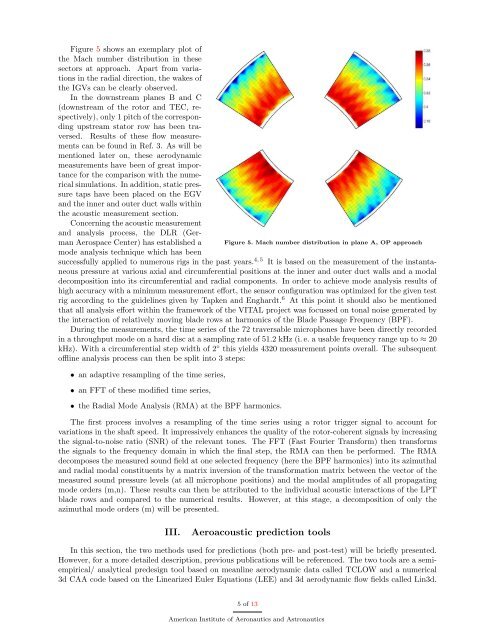


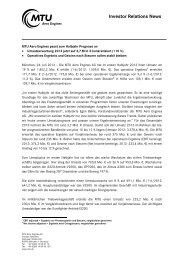
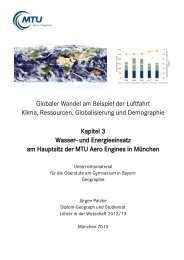
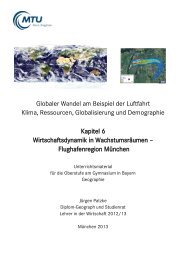
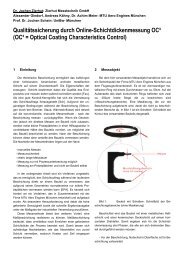
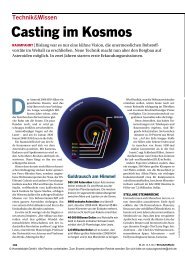

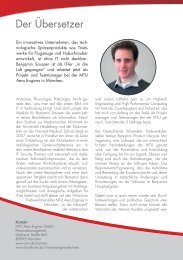
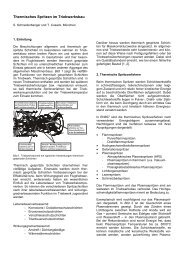
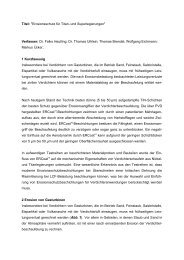


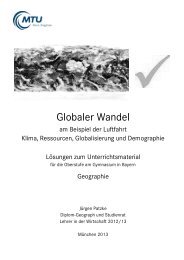
![Download PDF [5,37 MB] - MTU Aero Engines](https://img.yumpu.com/21945461/1/190x125/download-pdf-537-mb-mtu-aero-engines.jpg?quality=85)